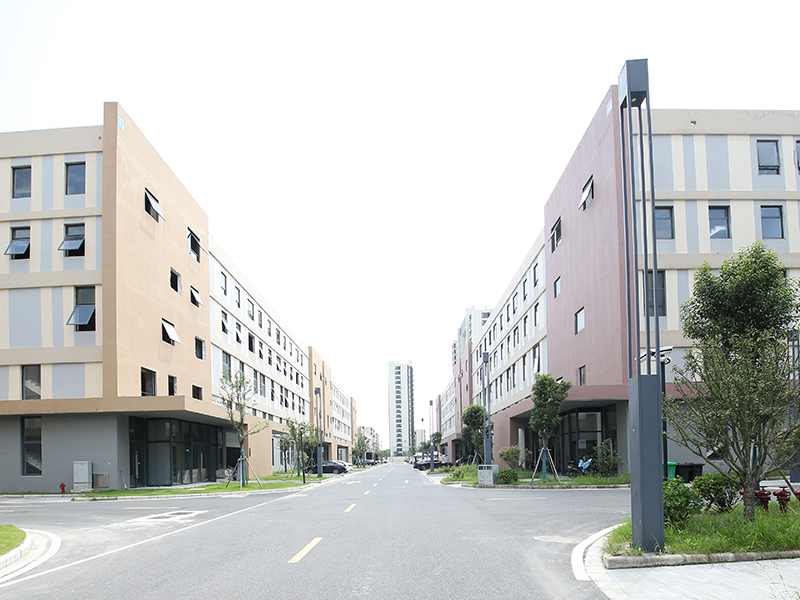Air blowers or fans are essential components of various industrial processes, ventilation systems, and HVAC units. These devices use rotating impellers to create airflow and pressure in a particular direction. However, to ensure reliable and consistent performance, it is crucial to maintain a stable air volume, which can be a challenging task due to several factors such as temperature, humidity, dust, or wear and tear.
One of the most effective ways of achieving a stable air blower air volume is by adopting a closed-loop system for the drivers that control the speed or frequency of the impellers. Here are some of the main benefits and methods of implementing closed-loop systems for air blowers.
Benefits of Closed-Loop Control
Closed-loop control systems offer several advantages over open-loop systems that operate without feedback or correction mechanisms. Here are some of the main benefits of using a closed-loop control system for air blowers:
1. Increased precision and accuracy: Closed-loop control systems use sensors, actuators, and controllers to measure and adjust the operating parameters of the air blower continuously. This ensures that the airflow and pressure remain within the desired range and do not deviate due to external factors or component wear.
2. Faster response time: Closed-loop control systems can detect and react to changes in the input signals or process conditions within milliseconds or microseconds, depending on the system's design and complexity. This allows the system to adapt quickly to changing load demands or environmental conditions.
3. Improved reliability and longevity: Closed-loop control systems can detect and prevent faults or errors in the air blower system, such as overloading, overheating, or mechanical failure. By reducing the stress and strain on the components, the system can increase its lifespan and reduce maintenance costs.
4. Customizable and scalable: Closed-loop control systems can be customized and scaled to suit various air blower applications, ranging from small fans for HVAC units to large blowers for industrial processes. The system's parameters, such as speed, frequency, voltage, or current, can be adjusted to achieve the desired airflow and pressure levels.
Methods of Closed-Loop Control
Closed-loop control systems can use various methods and algorithms for controlling the air blower's speed and frequency. Here are some of the most common methods used in the industry:
1. Proportional-Integral-Derivative (PID) control: PID control is a widely used method for controlling systems that have continuous inputs and outputs. The controller measures the error between the desired and actual values of the airflow or pressure and adjusts the input signal accordingly. This method can be tuned to achieve optimal stability, responsiveness, and accuracy.
2. Field-Oriented Control (FOC): FOC is a more advanced method that uses vector calculus to control the speed and torque of the air blower. This method can achieve higher precision and efficiency than PID control, especially for variable-frequency drive (VFD) systems. FOC is commonly used in HVAC and industrial applications.
Conclusion
In conclusion, achieving a stable air blower air volume is essential for maintaining high-quality and efficient processes in various industries. Adopting a closed-loop control system with appropriate algorithms and methods can significantly improve the air blower's precision, reliability, and scalability. By investing in reliable and advanced air blower systems, businesses can reduce downtime, maintenance costs, and environmental impacts while increasing productivity and profitability.





